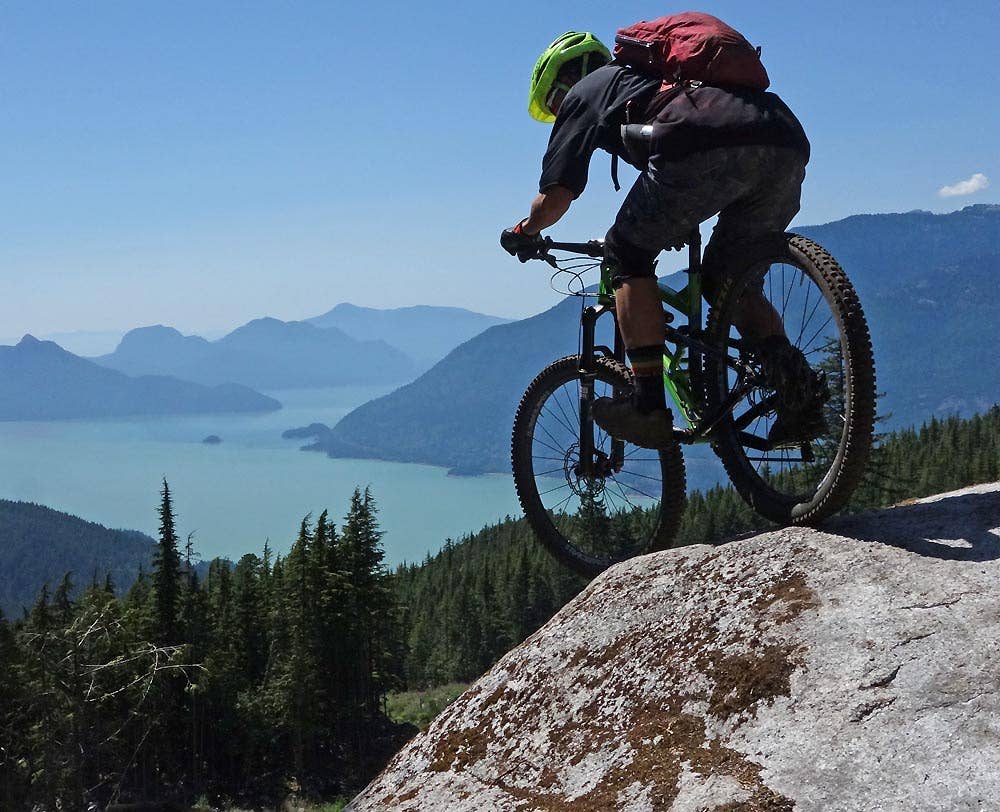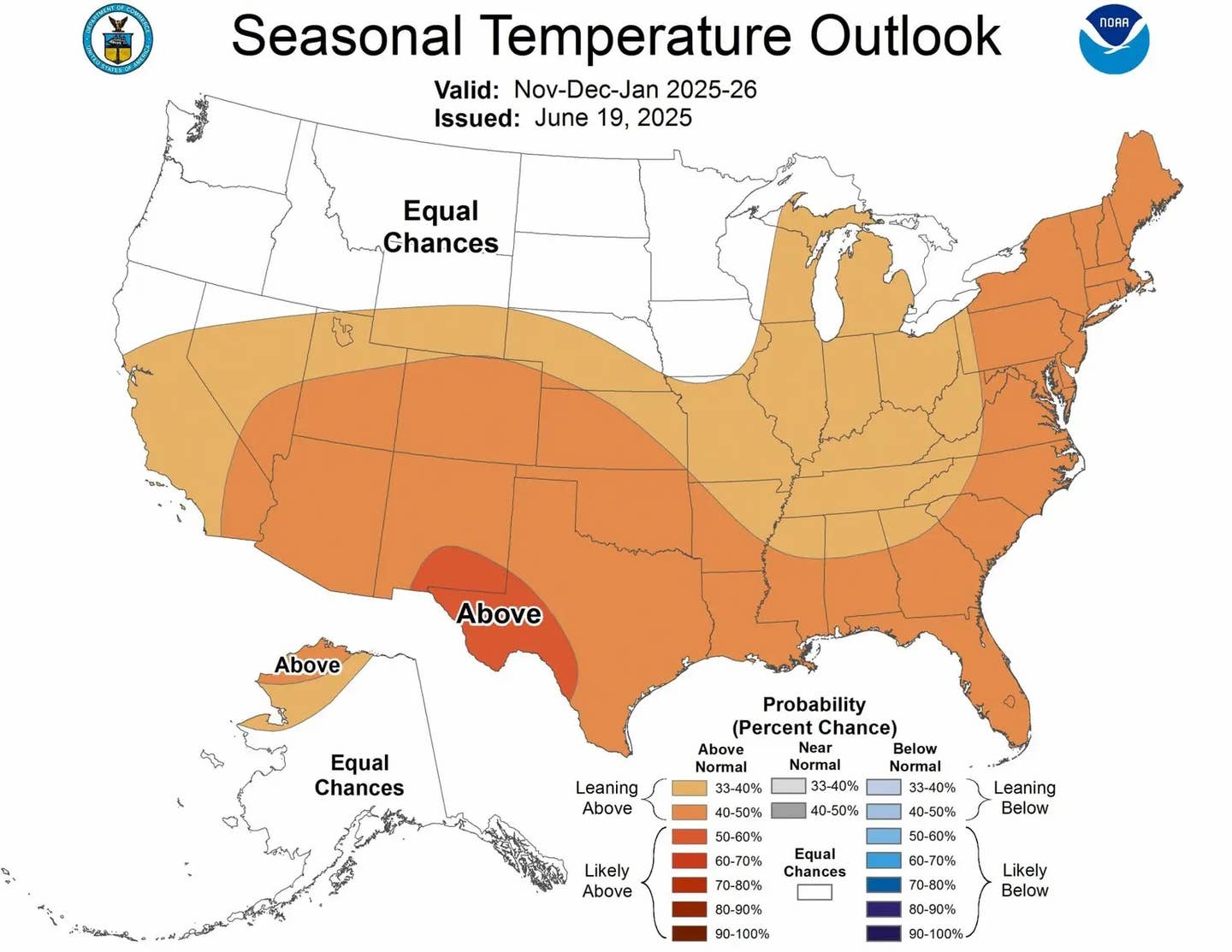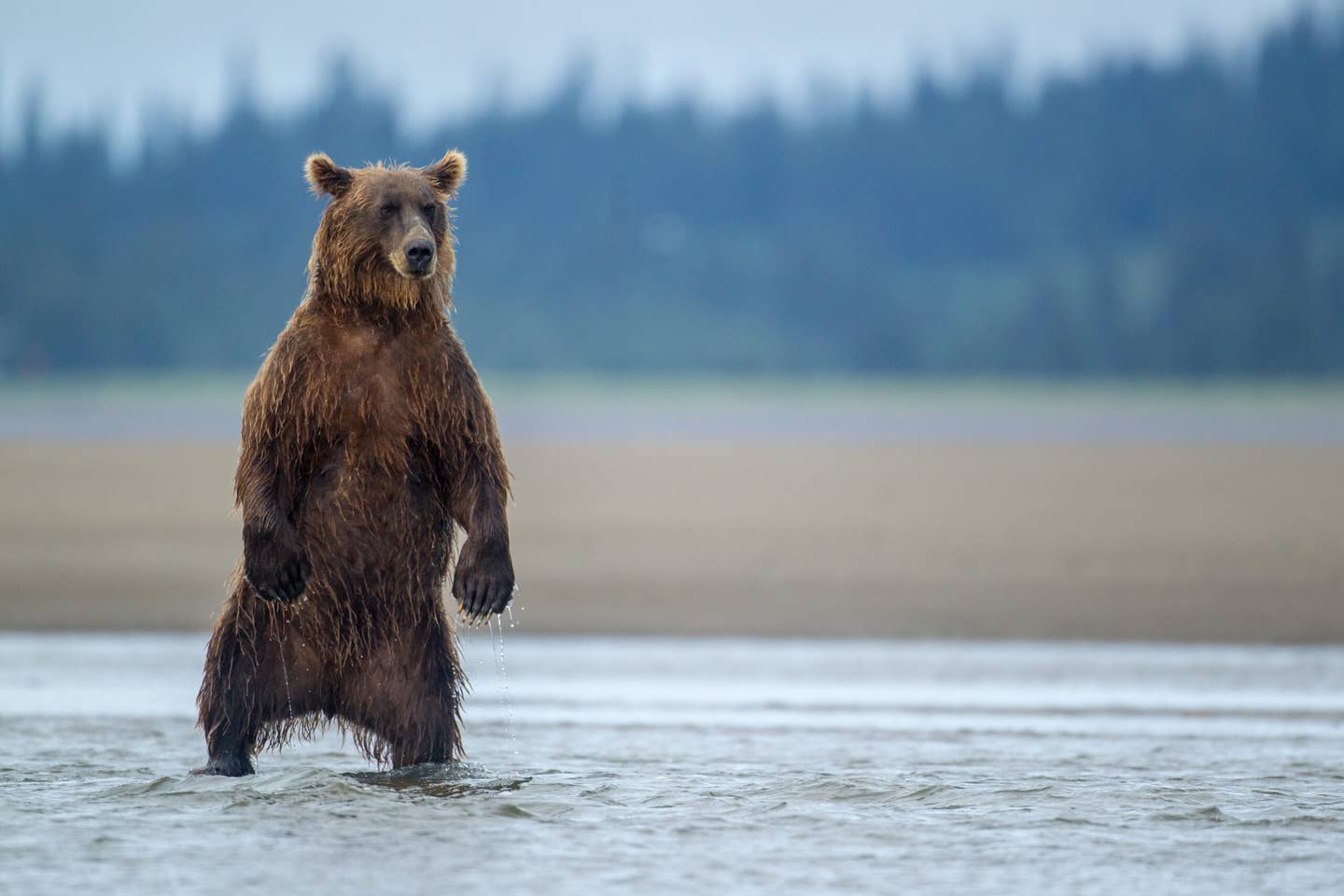Popular Stories
See Part 1 here for more on the Race Face Turbine drivetrain and a review.
Wheels
Turbine is the namebrand also used for Race Face's first foray into wheels. For some reason the Turbine wheels use straight pull bladed spokes (aero? looks?) and are provided in either the 27.5 or 29er wheelsize. Race Face didn't skip 26 just to be a dick about it but is looking into filling that gap at a future juncture to meet consumer demand
Rims dimensions are 21mm inside width, 25mm outer, and 19mm height - fairly conventional and perhaps even on the narrow side. Rim strips have a friendly reminder intended to alleviate tension (kinda broke up the tedium as I triple flatted on a hot Whistler downhill). The Turbine wheels are stock as a 15mm front and 12x142 rear (convertible to 10x135). Hubs run on sealed cartridge bearings are Race Face's own and seem basic. The rear has 3 pawls with 21 points of engagement. It comes with a 9/10spd freehub body but XD drivers are also available.

Stealth black. At 1820g (actual weight) in the 27.5 size and $ 600 SRP this wheelset doesn't insult your wallet

Steep loamy testing
Contact points
Race Face also makes a wide variety of other components that are, to this reviewers subjective eye, eye-candy. While that's good enough for most people here are some other notes about these components.
New 35mm stem and handlebars allows for weight savings (20g shaved over the shorter 31.8mm diameter other Turbine bar) while retaining stiffness. The 760mm Turbine bar is suitably fashionable for your enduro gloveless POC helmet steeze. The stem is offered in many lengths and can be flip flopped. The bar is offered in a variety of ano colours and a wide variety of sweeps and rises
Half Nelson grips are nice and thin; comfortable for those hot days when you're gloveless on the climbs. They also come in a wide variety of colours. I liked the one fastener grip which made the outside of the grips particularly comfy.

Stem, bars and grips - colour coordination is deliberate
Contact points (continued)
Atlas pedals also come in a variety of colours. They're thin, reasonably light and are astonishingly well though out. The pedals come with extra pins; spindles run of sealed bearings and there's a hidden pin/grease access port for maintenance. Many will comment on price, especially comparing the Atlas to the lower-priced Aeffect pedal ($70 less list price). The Race Face Atlas runs on 4 cartridge bearings, is fully rebuildable, has a hollow CroMo spindle and is bigger and thinner
To be honest, at first glance the Aeffect seat looked a bit like an ass hatchet. Being leery of open tuna can taint at first I mounted the saddle ever-so-slightly nose-down but since then I've adjusted it so its flat (it's on a pedally bike). With ti-rails, low weight foam and an intelligent mix of soft and supportive areas designed to not shred the perineum, the Aeffect saddle is pretty darned comfortable. It's also got a pretty low profile so it doesn't get in the way on downhills.

Atlas Pedals
Join Our Newsletter

Aeffect saddle
Details and Review
I had the opportunity to test the Turbine wheels toughness when I double flatted on a particularly steep and rock-strewn section of Whistler trail. Having no choice but to run out the 100m of chunder I feared the worst but found the wheels to be round and true even after abuse.
The Aeffect saddle has been comfortable. Despite being dumped on its side on rocks and dirt it shows no scuff marks. It's smooth surface means one can easily move around on it - making rearward ejections exceptionally easy on unintended dismounts.
As befits a premium priced product, the Atlas pedals have had no issues. There have been no creaks, broken pins or other typical issues. The double concave design coupled with angled pins on the front and back are incredibly grippy to the point that I resorted to using hiking boots rather than 5.10 footwear as the pedals had almost too much traction.
The advantage to the new 35mm bar standard is that it allows bars to get wider yet keep the same strength and stiffness while shaving a bit of weight. At my rider weight of 160lbs the 31.8mm wide Race Face bars were plenty stiff so I didn't expect to (and didn't find) any perceptible difference in ride quality between the two standards (note that Race Face is keeping both bar width standards). If you are concerned about weight then this new standard offers weight savings; for example you can save 140g in the bar alone going from the 31.8mm Atlas bar to the SIXC 35mm bar.
Prices (USD and CAD are same for 2014) and further information are as follows.
Race Face 2014 Turbine & others
| Component | SRP (USD) | Weight (g) | Notes |
| Atlas pedals | 179.99 | 351 | Green, red, blue, black |
| Turbine wheelset 27.5 | 599.99 | 820 (F) 1000 (R) | Black. |
| Turbine stem 35mm clamp; 50mm long | 99.99 | 145 | 50, 60, 70, 80, 90. Rise +/- 6 deg Black, |
| Turbine handlebar, 35mm clamp; 760mm long; 10mm rise | 79.99 | 271 | Flat (600mm); Flat wide (700mm) - Black 3/4" rise (725mm) - Black, blue, red, gold, orange. 10mm rise (725mm) - Black, blue, red, gold, orange 35mm 10mm rise (760mm) - Black 35mm 20mm rise (760mm) - Black |
| Half Nelson grips | 25.99 | 94 | Black, grey, white, blue, green, orange, yellow, turquoise |
| Aeffect saddle | 89.99 | 236 | Black |

Rock roll testing







